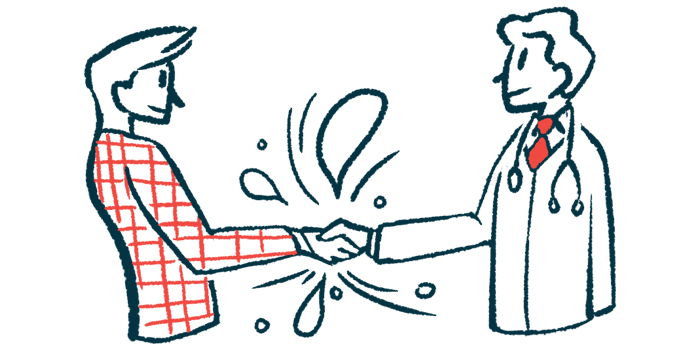AstraZeneca Acquires Global Rights to C4XD’s NRF2 Activator Program
Program will be developed to treat COPD, other respiratory and inflammatory diseases

AstraZeneca has acquired the exclusive rights to develop and commercialize C4X Discovery’s oral NRF2 activator for treating chronic obstructive pulmonary disease (COPD) and other inflammatory and respiratory diseases.
The activator program aims to harness the antioxidant and anti-inflammatory properties of NRF2 in these conditions, although COPD will be its leading indication.
Under the agreement, C4X Discovery (C4XD) will receive pre-clinical milestone payments up to $16 million, including $2 million as an upfront payment. It’s also eligible for up to an additional $385.8 million for certain developmental and commercial milestones being achieved, along with tiered royalties upon commercialization.
“In AstraZeneca’s hands, with their scientific, technical and commercial expertise, our NRF2 activator program has the potential to deliver life changing treatments for the millions of patients suffering with COPD across the world,” said Clive Dix, PhD, CEO of C4XD, in a company press release.
COPD is a chronic lung disease marked by excessive airway inflammation, oxidative stress, and tissue scarring (fibrosis) that result in lung damage. Oxidative stress is a type of cellular damage that stems from an imbalance between the production of harmful oxidant molecules and the cells’ ability to clear them.
NRF2 belongs to a class of proteins called transcription factors, which are able to control the activity of certain genes. Its activity normally induces the production of antioxidant genes involved in defending cells against oxidative stress and in regulating inflammatory responses.
To harness those biological effects, C4XD developed several molecules to promote NRF2’s activation. Data has shown the company’s lead oral compounds in the NRF2 activator program led to a significant and sustained activation of NRF2, resulting in anti-inflammatory and antioxidant activity.
According to the company’s website, this activation was sustained for more than 12 hours after low dose treatment and was observed in target tissues such as the lung and liver, and in blood.
The activators are also being developed to treat other inflammatory diseases, including inflammatory bowel disease, sickle cell disease, and pulmonary arterial hypertension.
“NRF2 is thought to be a critical but challenging anti-inflammatory target, and I am proud of the work by our team to achieve a broad stable of intellectual property for this program, leading to our third significant deal with a truly world-renowned industry leader,” Dix said.
“At AstraZeneca, we are committed to transforming care in respiratory and immune-mediated disease and move beyond symptom control. Our alliance with C4XD adds an important new asset to our portfolio to push the boundaries of science by targeting underlying disease drivers to potentially modify the course of these diseases,” said Sir Mene Pangalos, executive vice president of BioPharmaceuticals R&D at AstraZeneca.







